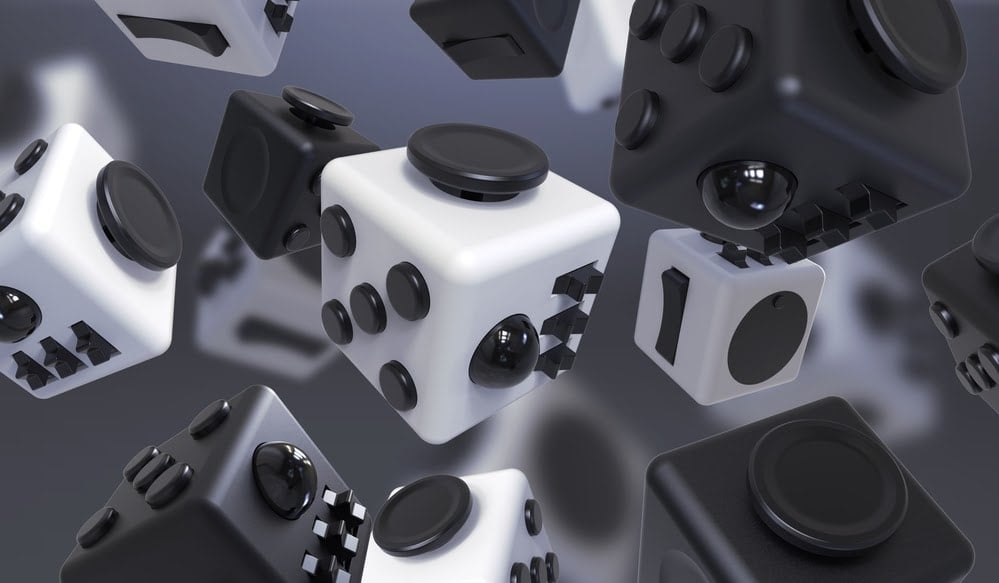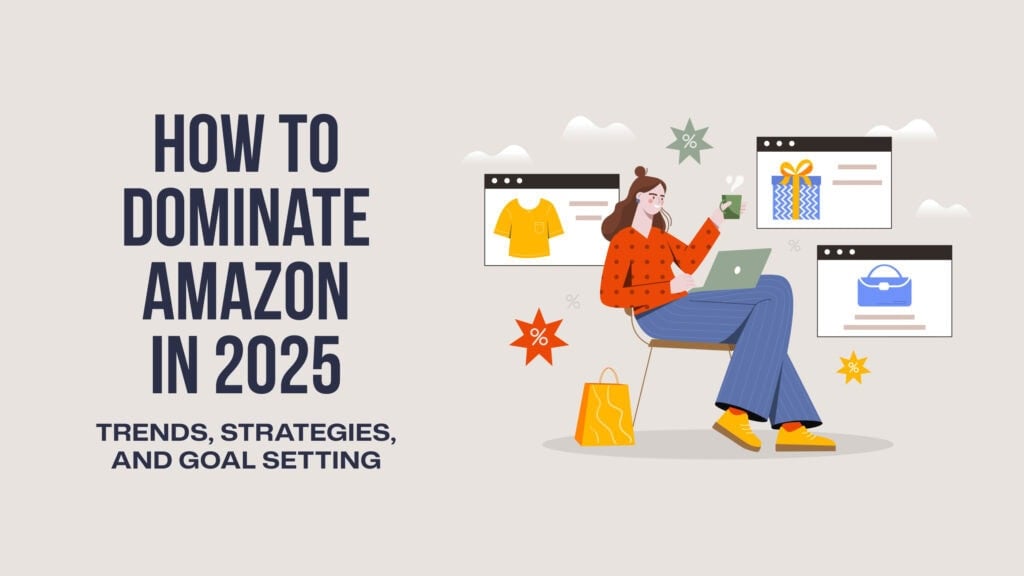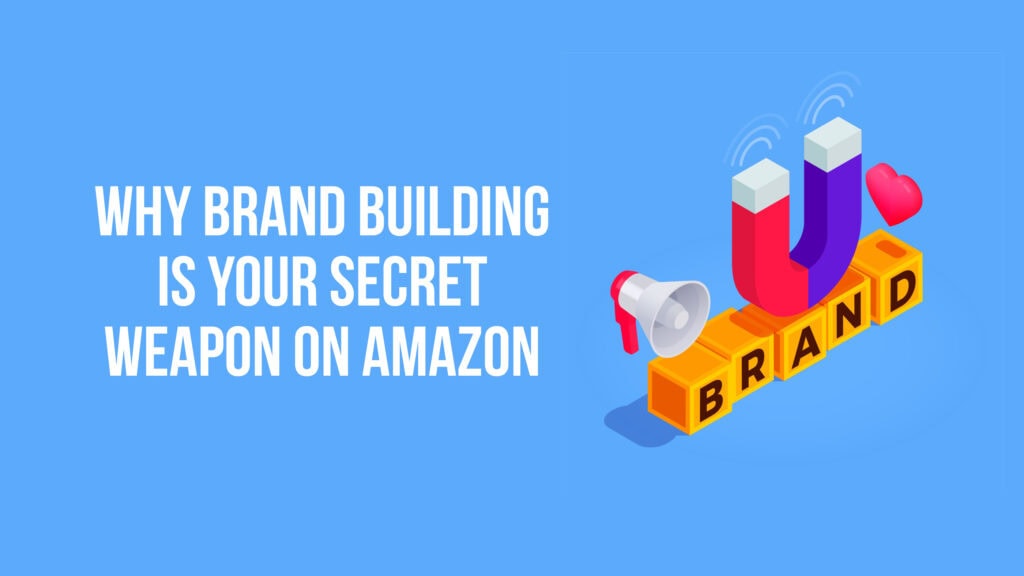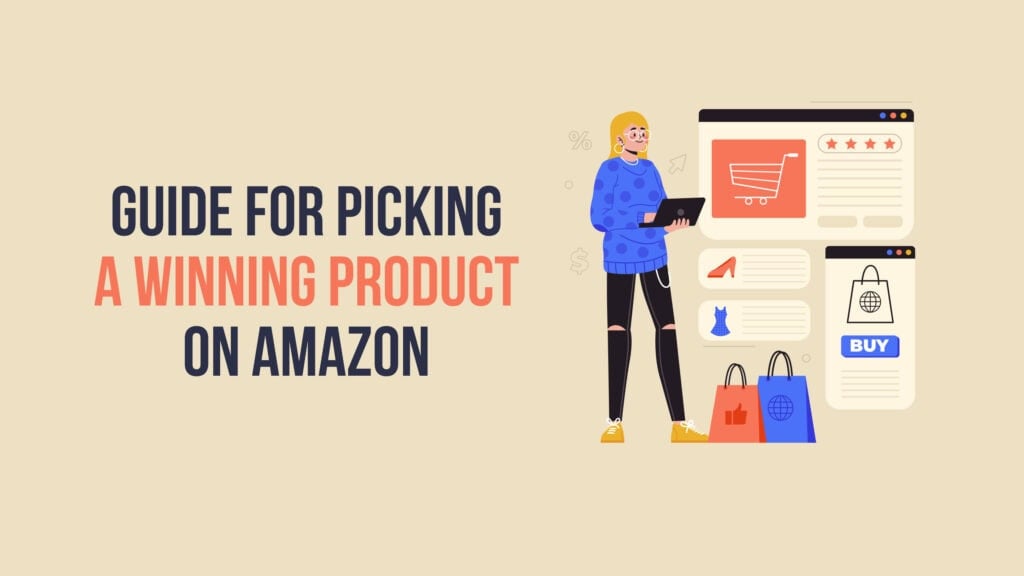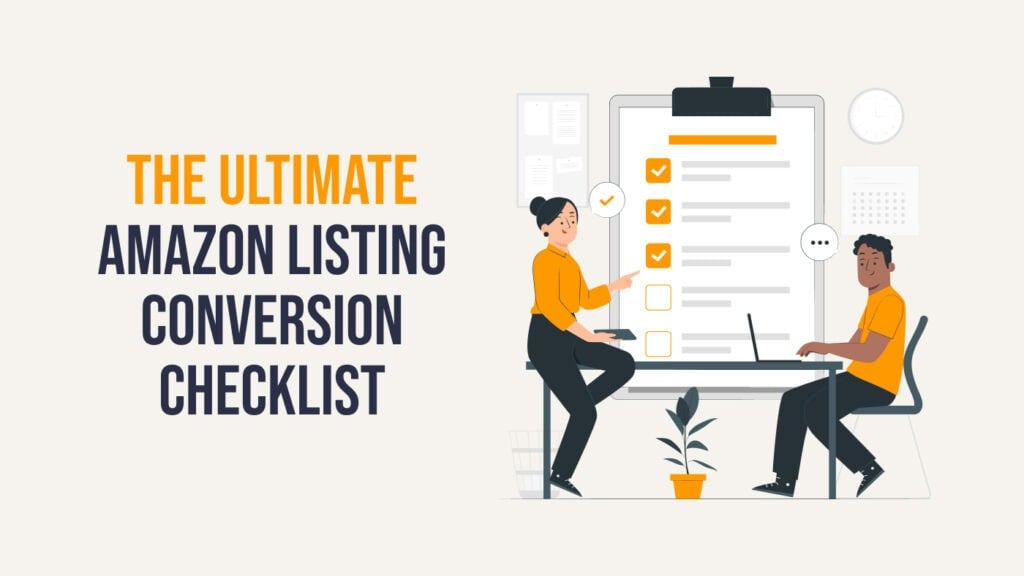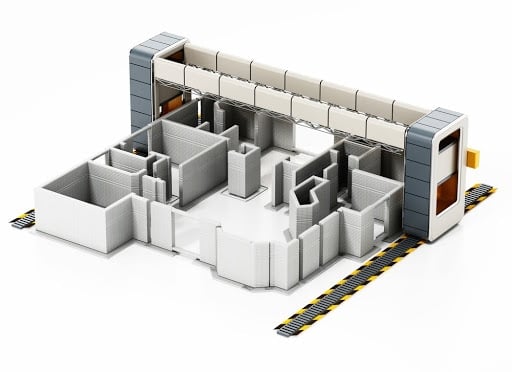Too many entrepreneurs put their innovative ideas on the back burner for one reason—lack of funds. After all, every step of the production process costs a pretty penny. Raising capital isn't always a walk in the park, either. Money trees don't exist, small business loans are not always easy to secure, and most people don't have a Rolodex of wealthy investors at their disposal. That's one reason many brands launch on Kickstarter.
Kickstarter has become a favorite crowdsourcing platform since its launch in 2009. With a funding success rate of 38.21%, it's no wonder why so many entrepreneurs turn to this platform to raise money.
But do any of these successfully funded projects actually go anywhere, or are they dead on arrival? Here are the most funded Kickstarter projects from 2014-2020. How many do you recognize or own?
#2: FinalStraw
The World's First Collapsible, Reusable Straw - $1,894,878
Plastic straws are not recyclable, but people still use them daily. Americans toss out 500 million straws per year. The makers of FinalStraw went live on Kickstarter to bring awareness to this environmental crisis. FinalStraw is just what it sounds like—the final straw you'll ever need.
Like other reusable straws on the market, the FinalStraw features a stainless steel base. However, it also features an inner elastic made from medical and food-grade TPE tubing. This material is what makes FinalStraw collapsible.
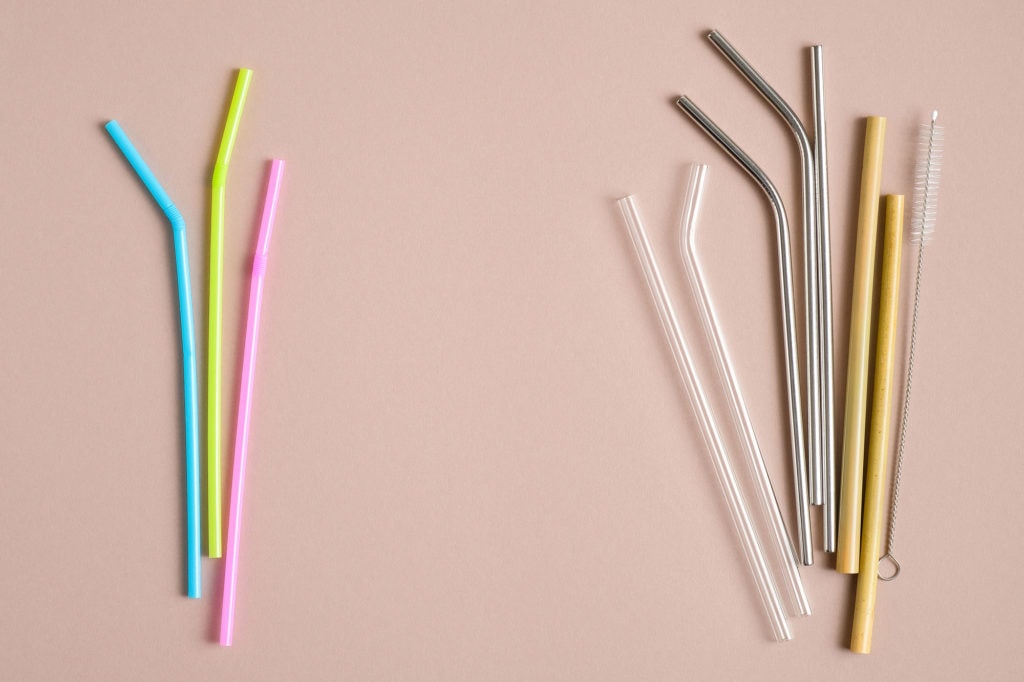
Emma Rose Cohen and Miles Pepper, the makers of FinalStraw, believed in their product and pitched it on Shark Tank. Their mission to save marine life didn't woo the sharks, however. Shark Lori Greiner argued, "There's really dozens and dozens of straws out there to do what yours is doing. You haven't sold them and gotten them into people's hands yet. I like a product to be in-hand and know that it's really working."
Is there actually a market for a travel-friendly, reusable straw? A whopping 38,443 eco-conscious backers say yes. And FinalStraw made $5 million in revenue its first year.
#20: Tropicfeel
The Ultimate Travel Shoe 2.0 - €2,140,416
Imagine treating your feet to the comfort of sports shoes, the benefits of water shoes, the outsole of hiking shoes, and the style of trendy shoes all at once. Tropicfeel launched on Kickstarter to do just that. Designers sought out to create a shoe that would outperform and out-style the rest.
Tropicfeel ran across the finish line in record time. It only took backers 50 minutes to fully fund the project. Those pledging at the second reward tier or higher received a pair of Tropicfeel shoes for a deeply discounted price. The project's success inspired the creators to create Tropicfeel 2.0, an all-terrain sneaker, which also debuted the crowdfunding platform.
Allbirds got its start on Kickstarter, too.
#19: DELTA
The New Standard of Battery-Powered Generator - $2,803,249
Although standby gasoline generators are helpful in emergencies, they aren't perfect. Improper use may lead to carbon monoxide poisoning. Stale gas may cause the generator to fail. Owners must pay out-of-pocket to perform regular maintenance. EcoFlow came up with the DELTA battery-powered generator to resolve these common issues.
DELTA is an environmentally-safe, reliable generator. It's safe to use indoors and much smaller than traditional gas generators. The entire unit recharges from 0 to 80 percent in an hour. It can even charge up to 13 devices simultaneously. Best of all, you can leave DELTA unattended for up to a year without maintenance.
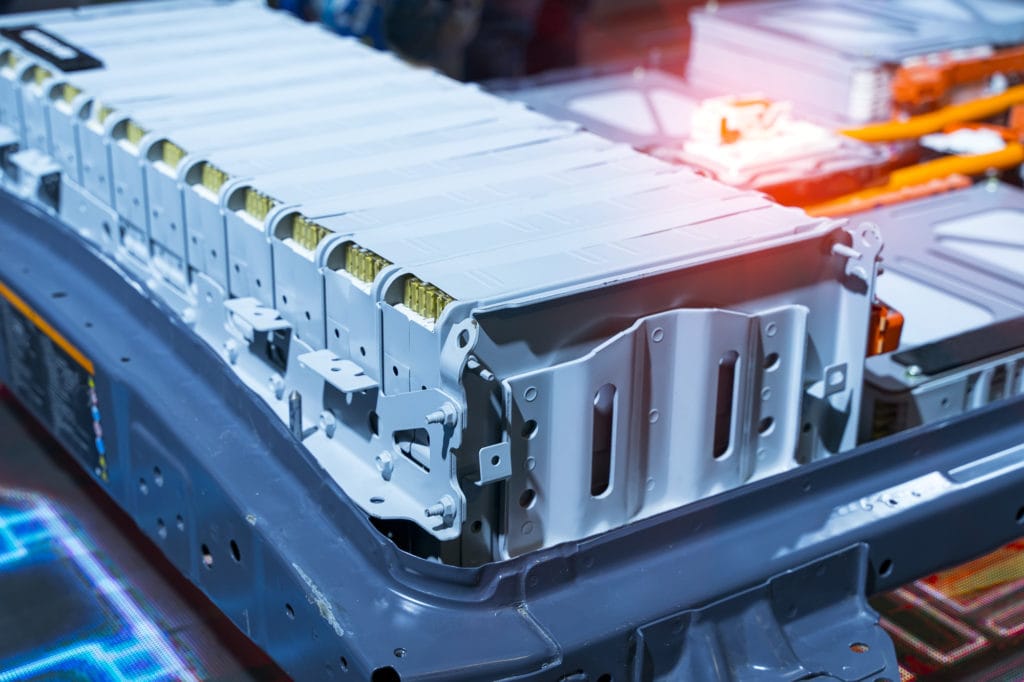
How powerful is this quiet, fast-charging generator? According to The Verge, the DELTA is powerful enough to charge a Tesla! It's no wonder why 2,662 power-hungry backers pledged $769 or more to get their hands on this battery-powered generator.
#18: eufyCam
The Wirefree Security Cam with 365-Day Battery - $3,139,558
Home security got a facelift in 2018 thanks to Anker's eufyCam. This innovative idea made it easy for homeowners to keep an eye on their property. Unlike other security cameras, eufyCam features a 365-day battery, wire-free setup, live streaming, and face recognition software. The system doesn't require a monthly monitoring service. So, homeowners could save a bit of cash by installing the eufyCam.
Over 8,800 backers jumped on board to make their homes safer. But does eufyCam live up to the hype? Absolutely! According to PC Magazine, eufyCam "delivers sharp day and night 1080p imagery and is fairly easy to install." Two years after the initial launch, Anker released eufyCam E 2-Cam Kit. Unlike the original, the newer model also works with Amazon Alexa and Google Assistant.
#17: The Micro
The First Truly Consumer 3D Printer - $3,401,361
Within minutes, 11 minutes to be exact, The Micro 3D Printer surpassed its Kickstarter pledge goals. The innovative printer promised it would become the "most affordable 3D printer that can be used right out of the box." And 11,855 backers couldn't wait to bring the product to life.
What made The Micro so popular with consumers? At the time, 3D printers were only available to engineering professionals. Further, the price shut out the average buyer who just wanted to test the technology for themselves. The Micro, initially priced at $199, promised to be accessible to the masses. Its desktop-friendly size and easy-to-use interface also lured in backers.
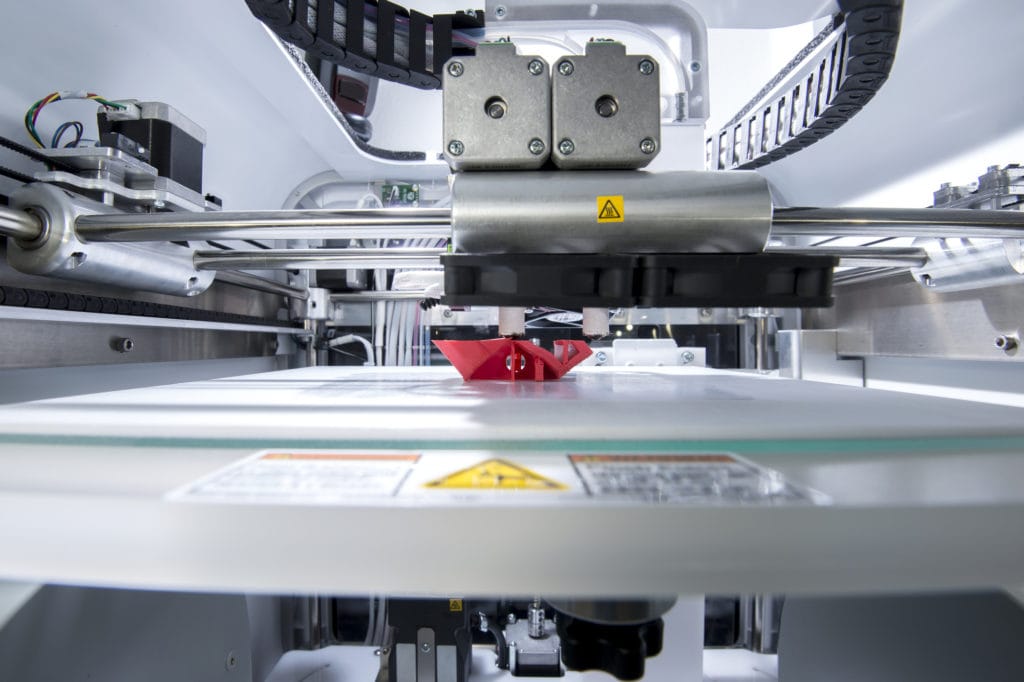
#16: Dark Souls™
The Board Game - £3,771,474
Kickstarter backers once again proved their loyalty to games when the Dark Souls project launched in April 2016. Dark Souls marketed itself as a combat, role-playing tabletop game. It followed the same storyline as the popular Demon's Souls and Dark Souls video games. The original video games' cult-following helped the board game meet its funding goal within the first three minutes of going live.
Unlike other projects, developers wanted to keep the campaign as straightforward as possible. Instead of offering a tiered reward system, the company only had two pledge levels—one for players and one for retail stores. As more people pledged money, the company would release additional "add-ons." This strategy worked. The game drew in 31,178 very eager backers.
#15: OYO NOVA Gym
A Full Gym in Your Hands - $4,411,495
Too many people don't have time to hit the gym, and home exercise equipment is often large, bulky, and expensive. Paul Francis sought out to create a portable personal gym that provided a total body workout without the steep price tag. The result was the OYO NOVA Gym. This innovative personal workout device relies on weightless technology to completely transform your body. And its small frame means you can use it anywhere—home, work, traveling, or even outdoors.
The OYO NOVA is the next evolution of OYO's original personal gym. Both products use the same NASA SpiraFlex technology to tone your muscle. However, the OYO NOVA offers more resistance. Thanks to 26,199 energetic backers, the OYO NOVA Gums is the most-funded fitness product in Kickstarter history.
#14: Otto's G32
The First Smart and Modular Gas Grill - €4,468,051
Otto Wilde exists for one reason—to improve your grilling game. The company's latest innovation is Otto's G32, which launched on Kickstarter in May 2020. After only 30 days, the project raised over $5.3 million (US dollars) thanks to 2,762 carnivorous backers.
Gas grills are a dime a dozen, so what makes Otto's G32 stand out of the crowd? This grill features a modular design and smart technology. Grillers can monitor the progress of their steaks with their smartphones. It also has four commercial-grade burners and an extra-long rotisserie burner. Although the Kickstarter campaign is over, you can still pre-order the G32 directly from the Otto Wilde website.
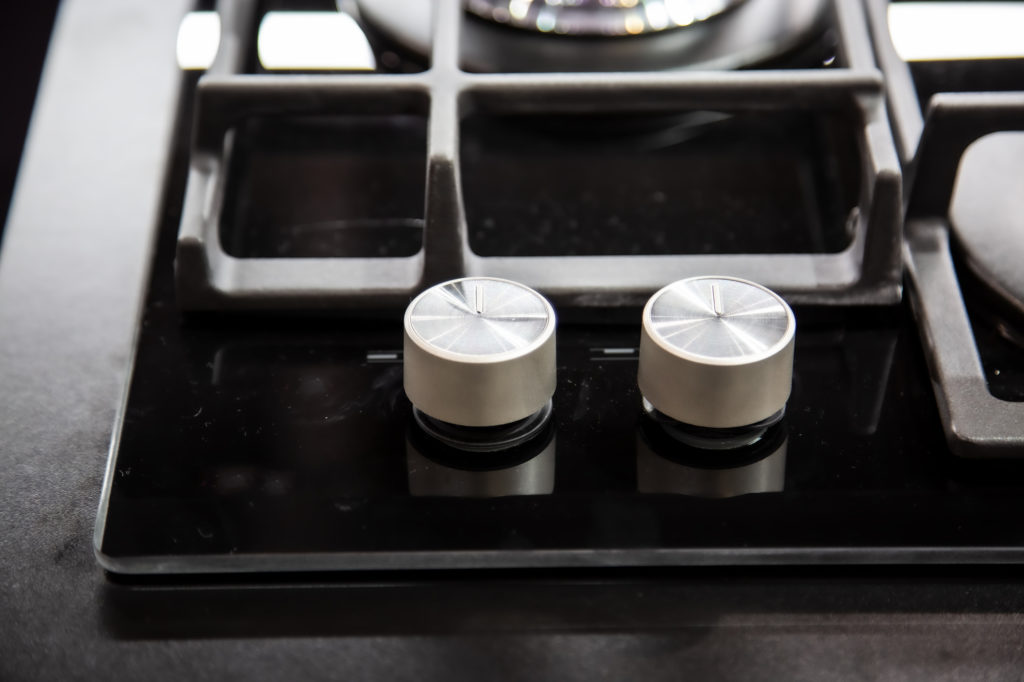
#13: Gravity
The Weighted Blanket for Sleep, Stress, and Anxiety - $4,729,263
In a world overcome by stress and anxiety, consumers continuously seek out products to help relax their minds. Gravity is a therapeutic weighted blanket guaranteed to do just that. According to its developers, Gravity helps increase serotonin production and boost melatonin levels. It recreates the calming feeling you get when someone embraces or hugs you.
Stress management is a booming industry. Experts forecast the global stress management market will be $20.6 billion by 2024. It's no wonder why this revolutionary blanket caught the attention of 23,805 stressed-out backers and raised more than $4.7 million in just 35 days.
#12: ZeTime
World's First Smartwatch with Hands Over Touchscreen - $5,333,792
As smartwatches became more popular, some watch wearers were reluctant to make the change. The inventors of ZeTime sought out to appease both conventional and modern audiences alike. ZeTime combines the appeal of mechanical clock hands with the advanced technology of a touchscreen. It's the perfect choice for those who enjoy the design of a traditional timepiece but still crave the features of a smartwatch.
Designed by MyKronoz, ZeTime features a color display, touch panel, and patent-pending intelligent hands. These never-before-seen mechanical hands automatically adjust to maximize screen visibility. And 26,828 backers couldn't wait to test out the technology for themselves. Want to experience a hybrid smartwatch for yourself? MyKronoz sells the original ZeTime, starting at $79.90.
#11: Xeric Apollo 11
50th Anniversary Automatic Watch - $5,405,412
Xeric makes, as they call them, "cool and affordable watches." They've also funded several new watches on Kickstarter over the years. However, none of them compared in success to the Xeric Apollo 11 campaign. The launch of this NASA-inspired timepiece coincided perfectly with the 50th anniversary of the Apollo 11 moon landing.
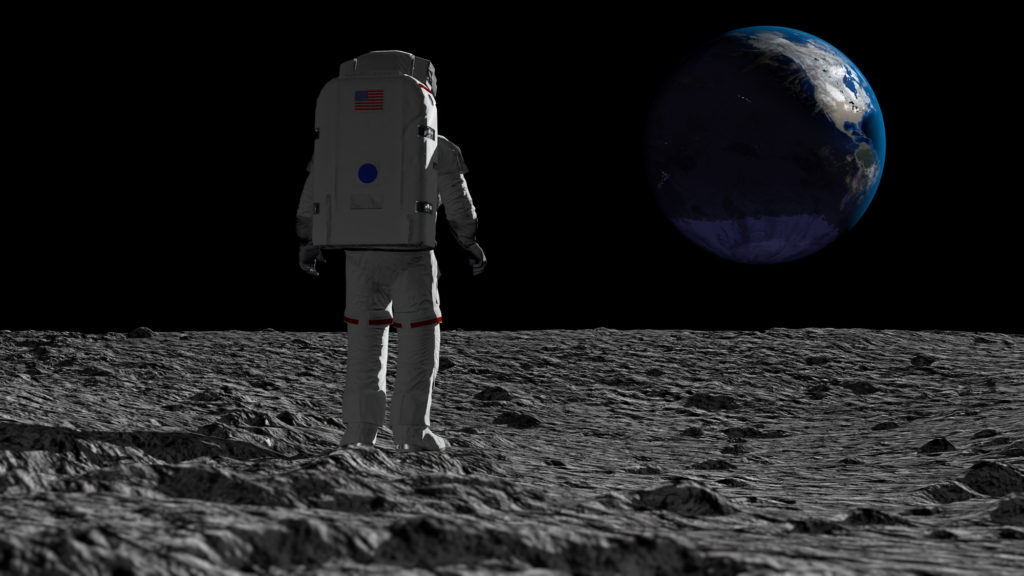
The timing of the project lured 17,974 space-enthused backers out of hiding. The Apollo 11 is a redesign of Xeric's popular Trappist-1 watches. It features a constellation seconds hand, ribbed space glove straps, and a self-winding mechanism. The added NASA logo adds to the timepiece's out-of-this-world aesthetic.
#10: PonoMusic
Where Your Soul Rediscovers Music - $6,225,354
Music enthusiasts lined up to back the PonoMusic project—18,220 of them, to be exact. The project exceeded its initial $800,000 goal in less than a day. And the coveted reward? A high-resolution digital music player that would surpass the quality of anything else on the market. It also came with access to an accompanying digital music store. The founder just happened to be one of the biggest names in the music industry—Neil Young. His goal was to create a portable music player with the same sound quality as in the actual recording studio.
PonoMusic did launch, thanks to generous Kickstarter backers. However, PonoMusic faced difficulties from the start. First, the player cost $399 for 128GB of space. Furthermore, downloading music from the PonoMusic store was more expensive than competitors, namely Amazon and Apple. The online storefront closed in 2016, and the project ended officially in 2017.
Why did such a highly-anticipated launch fail after only a few years? As Young told the Los Angeles Times, "The record labels killed it. They killed it by insisting on charging two to three times as much for the high-res files as for MP3s. Why would anybody pay three times as much?"
#9: Terraplanter
Follow the Journey from Seed to Plant - $6,391,763
With more people staying at home, it only makes sense for a home gardening product to be the most funded project for 2020. Terraplanter lets novice gardeners enjoy the growing process, from seed to plant. Unlike similar indoor gardening products, Terraplanter is "clean, low-maintenance, and hydroponic." In other words, it doesn't require soil or dirt—just water.
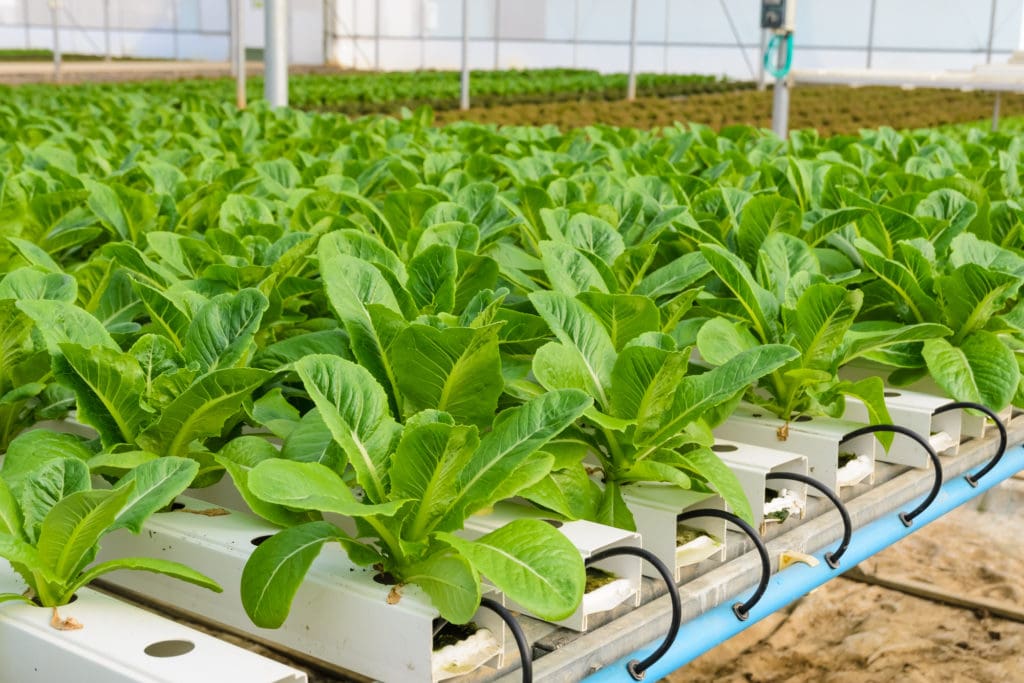
What's the secret behind Terraplanter? Eran Zarhi, an industrial designer, and Elad Burko, a serial entrepreneur, created a porous ceramic material that allows water to diffuse through it. The design gives plants plenty of time to drink, and you don't need to water as frequently. It's ideal for small spaces, including apartments.
The funding goal for Terraplanter was a modest $20,000, but 55,236 backers raised over $6 million. An additional 63,500 backers on Indiegogo pledged another $7.4 million to help get the product in stores.
#8: Fidget Cube: A Vinyl Desk Toy - $6,465,690
Sitting still isn't always as easy as it sounds. Perhaps that's why Fidget Cube became an instant crowdfunding success. Inventors (and brothers) Matthew and Mark McLachlan call it a "desktop toy for anyone who likes to fidget." The curious, pocket-sized gadget features six sides. Each side has buttons, spinners, switches, and slides to keep a fidgeter occupied.
Matthew and Mark, collectively known as Antsy Labs, came up with the Fidget Cube concept to help people focus better. The product is ideal for users of all ages, including school-aged children and working professionals. Although the original funding goal was $15,000, the concept caught on quickly and raised over $6.4 million. A staggering 155,000 fidgety backers couldn't wait to own their own Fidget Cube.
Fidget Cube created a frenzy with knock-off companies. Although Antsy Labs had a patent-pending on Fidget Cube, it didn't stop wannabes from entering the market. One such designer managed to make $345,000 in two months selling Stress Cube, a strikingly similar, nearly identical product.
#7: The Everyday Backpack, Tote, and Sling
The World's Best Everyday Bags - $6,565,782
Photography is more popular than ever, and Peak Design saw a need for high-quality camera bags. The company created the Everyday Backpack, Tote, and Sling to meet the challenges of safely transporting camera equipment. The company touts their bags as "the best everyday carry on the planet." Using a team of designers, engineers, and photographers, Peak Design developed a product they knew would stand the test of time.

Why did 26,359 Kickstarter backers pledge money to the Everyday Backpack? The product is functional, durable, and attractive. The concept wasn't just popular on a single crowdsourcing platform—Peak Design raised an additional $7,232,484 on Indiegogo.
Peak Design holds the record for raising the most money on Kickstarter. The company has launched a total of nine campaigns, bringing in $32,375,576 from 122,413 non-unique backers. The Travel Line was the most funded campaign in 2018, with $5,206,611 in pledges. In 2019, the Travel Tripod raised $12,143,435, making Peak Design the most funded project for the year.
Want to buy an Everyday Backpack for yourself? The flagship bag sells for $259.95 on the Peak Design website. But if you wait long enough, the company may try its hand at yet another crowdfunding project.
#6: The 7th Continent
What Goes Up, Must Come Down - $7,072,757
Games already had a reputation for fully funding on Kickstarter. So, it was a no-brainer for designers Ludovic Roudy and Bruno Sautter to launch their game on the platform. The 7th Continent is a storytelling cooperative board game. Players must explore strange lands and overcome a variety of threats to lift the curse.
What Goes Up, Must Come Down is an expansion to the original game, which also relied on crowdfunding to launch. While the first edition had 12,000 backers, the sequel garnered the attention of 43,733 pledgers. The 7th Continent received several awards after its release, including the Swiss Gamers Award (2017) and Board Game Quest Awards Best Card Game Winner (2017).
#5: Snapmaker 2.0
Modular 3-in-1 3D Printers - $7,850,866
The demand for 3D printers is at an all-time high. Statista reports that the global 3D printing products market will surpass $40 billion by 2024. It's no wonder why Snapmaker 2.0 was such a hit on the Kickstarter platform. Over 7,300 backers pledged $719 or more to bring the product to life. Snapmaker considers itself an expert in the 3D printer industry. The company's first crowdfunding project, an all-metal 3D printer, raised over $2 million in 2017.
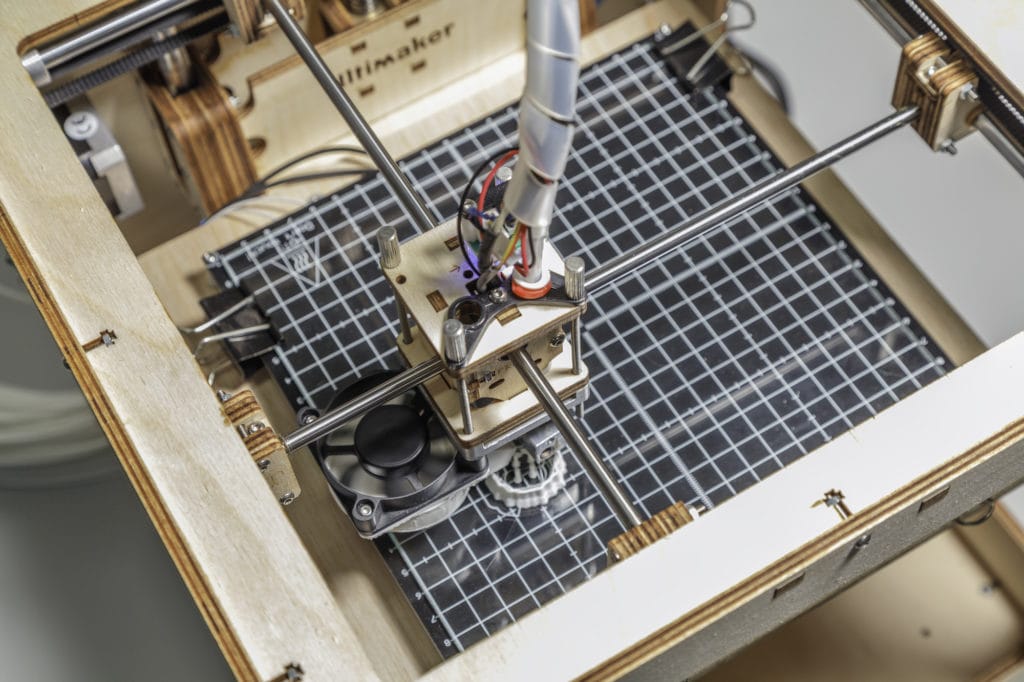
Snapmaker 2.0 does more than just 3D printing jobs. It's also capable of laser engraving, cutting, and CNC carving. The upgraded model is larger, faster, and more powerful than other comparable options on the market. While it sounds fancy and super high-tech, Snapmaker 2.0 has an easy-to-use interface suitable for beginners, hobbyists, and professionals alike.
#4: Exploding Kittens
A Card Game for People Who Are into Kittens and Explosions and Laser Beams, and Sometimes Goats - $8,782,571
Could a simple game blow up the Kickstarter servers? As it turns out, yes. Exploding Kittens is the card game that took over the world in 2015. In addition to raising over $8.7 million (much more than the original $10,000 goal), the game is also the most-backed project in Kickstarter history. A dedicated 219,382 backers pledged $20 or more to become the first owners of this coveted card deck.
How did a card game take the world by storm? Innovation, creativity, superb graphics, family-friendly action, and kittens all played a role. Cartoonist Matthew Inman and game designer Elan Lee set out to create a game that would keep players entertained for hours. And they succeeded.
Today, Exploding Kittens is an empire. It's more popular than ever. Exploding Kittens even saw a 500% increase in sales as people quarantined at home in April 2020. The company didn't stop with one game. There are numerous quirky games in its line, including You've Got Crabs, Poetry for Neanderthals, and Tacocat Spelled Backwards.
#3: Baubax
The World's Best Travel Jacket with 15 Features - $9,192,055
The award for the most funded clothing project in Kickstarter history goes to the Baubax Travel Jacket. Maybe it was the promise of 15 must-have features, but 44,949 backers couldn't wait to try it out for themselves. The company called it "the jacket you've always needed but never existed."

Innovative releases didn't stop with this initial project. The company sought funding for several Kickstarter products, including travel pants, travel shoes, and another travel jacket with 25 features. Backers even pledged $3,948,547 to Baubax 2.0 in 2018! What did founder Hiral Sanghavi think of Baubax's success? As he told CNN, "I knew we had a great idea, that we'd maybe get a million or two, but never $9 million."
#2: Coolest Cooler
21st Century Cooler That's Actually Cooler - $13,285,226
Starting off the list is a project that really was DOA. The Coolest Cooler attracted 62,642 backers and raised over $13 million initially. Unlike standard coolers, this innovative product combined a cooler, blender, and Bluetooth speaker into the perfect party accessory. The problem? CEO Ryan Grepper decided to cease production, citing a "tariff increase on Chinese imports."
Unfortunately, Grepper's decision left 20,000 backers without a reward for their $185 pledge. The Coolest Cooler went down in history as one of Kickstarter's biggest failures. And the project left a bad taste in many backers' mouths.
#1: Pebble Time
Awesome Smartwatch, No Compromises - $20,338,986
Pebble wasn't a newcomer to the smartwatch industry. They released their first model back in 2013. However, when it came time to launch Pebble Time, the company headed to Kickstarter to get the funds needed to go from the drawing board to the wrist. And the gamble worked. To date, Pebble Time is the most funded project ever to grace the platform.
What made Pebble Time different from previous models? It featured an upgraded interface, a thinner body, and a color display. The new and improved smartwatch also mimicked the look of popular rectangular wristwatches.
Pebble's popularity wasn't fleeting. The company funded Pebble 2 on Kickstarter in 2016, raising over $12 million. In 2017, Fitbit paid $23 million to acquire assets from Pebble. After the acquisition, Fitbit immediately shut down Pebble and laid off everyone except the software developers. It sounds like Fitbit was a bit intimidated by its competition.
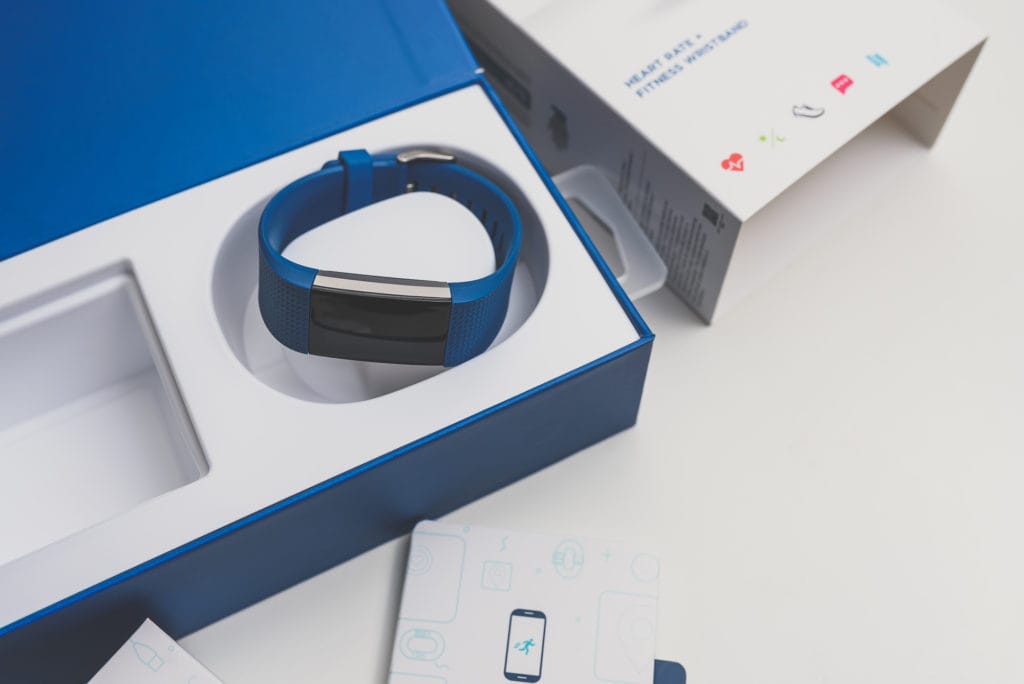
Got Questions? Check Out These Helpful Kickstarter FAQs
Countless products made it from the drawing board to retail shelves thanks to Kickstarter campaigns. Knowing you can count on your eager fans to fund your upcoming launch is a huge relief as an entrepreneur. Ready to find backers for your next innovation? Here are answers to a few questions you may have:
How Does a Kickstarter Work?
Kickstarter is simply a funding platform for entrepreneurs looking to get their product to the next development stage. As the creator, you set a funding goal and deadline. Backers then pledge a certain amount towards your project. Once you reach your funding goal, the company charges all backers the amount they pledge. You get the money to fund the next step of your project.
What Is the Benefit of Kickstarter?
Kickstarter exists to "help bring creative projects to life." It's a lifesaver for both up-and-coming and well-known entrepreneurs alike. The average small business needs at least $10,000 in startup capital. But most companies don't have seed money just floating around. Nearly one-third only have $5,000 or less to spare. Kickstarter fills in the gap.
Crowdfunding makes it possible to fund a project no matter the current market conditions. It's also an easy way to connect with a new, excited audience. Creators promote their idea online and convince backers to toss a few dollars their way. The idea is very Shark Tank-esque but without the big-name investors. You retain full ownership.
How Do Kickstarter Investors Make Money?
Contrary to popular belief, backers do not make any money by investing in Kickstarter projects. The platform doesn't allow creators to offer ownership or equity of any sort. Instead, backers get one-time rewards for pledging money to campaigns.
What Do Kickstarter Backers Get in Return?
Backers support projects they believe offer a benefit. Whether it's their preferred niche or a never-before-seen idea, people willingly give to make these innovative projects a reality. But most won't throw their money at a project blindly.
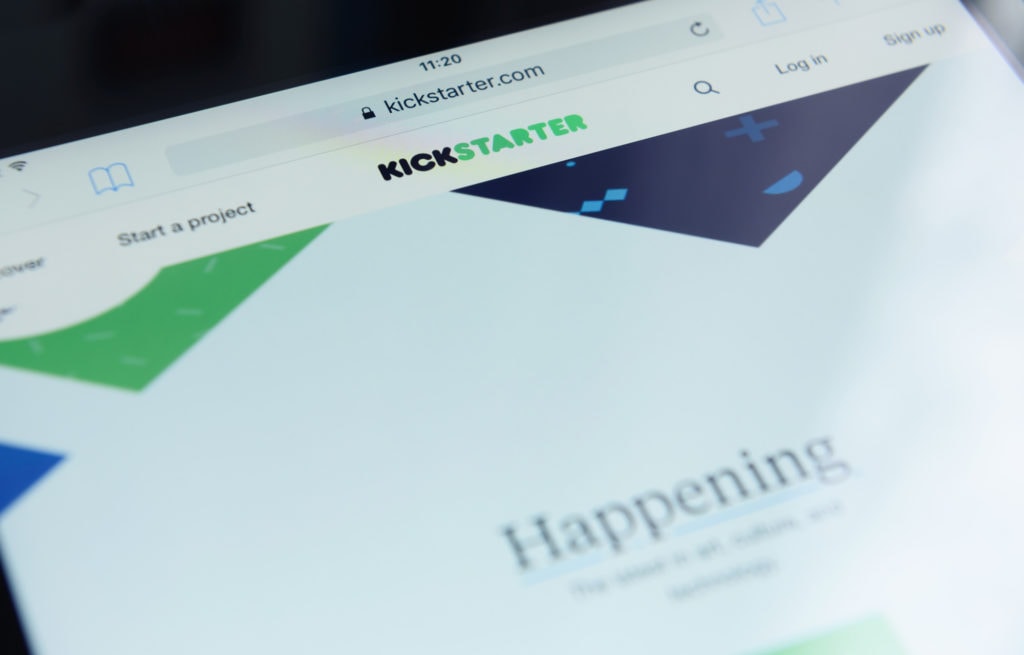
The majority of creators offer backers a reward for their contribution. Most projects reward backers with a copy of the finished product. However, others give backers something they couldn't get elsewhere. Consider these out-of-the-box rewards:
- Private phone call or video chat with the creator
- Field trip to the office or warehouse
- Props, prototypes, or even broken parts from the production process
- Personalized thank-you on the project's website
- Backer's name printed on the finished project
The sky's the limit when coming up with reward ideas. Not all backers have the same amount of discretionary money to throw at a project. It's wise to come up with at least four pledge levels and rewards.
What Is the Minimum Amount You Can Borrow from Kickstarter?
Creators don't "borrow" money from Kickstarter. Instead, they take pledges directly from funders. There's no minimum amount for running a campaign. You can even start a $1 goal project (but it's not recommended because it shows a lack of confidence in your product).
What Happens if a Kickstarter Project Gets Overfunded?
Congratulations on exceeding your funding goal! Overfunding can improve margins, and in some instances, creators even profit from excess pledges. However, you may find those extra funds go towards fulfilling rewards.
What Happens to the Money if a Kickstarter Project Fails?
Kickstarter operates on an all-or-nothing model. Creators don't collect pledges unless a project meets its funding goal successfully. All-or-nothing mitigates risk for backers. It also protects creators from having to follow through with rewards if they don't raise enough money.
If a project fails to meet its goal, nothing happens. Kickstarter won't charge backers for their pledges, and the creator doesn't receive any funding. Creators are free to relaunch the project if they desire.
Which Is Better, GoFundMe or Kickstarter?
Comparing GoFundMe and Kickstarter is like comparing apples and oranges. While each platform uses crowdfunding to raise money, they operate on different models entirely.
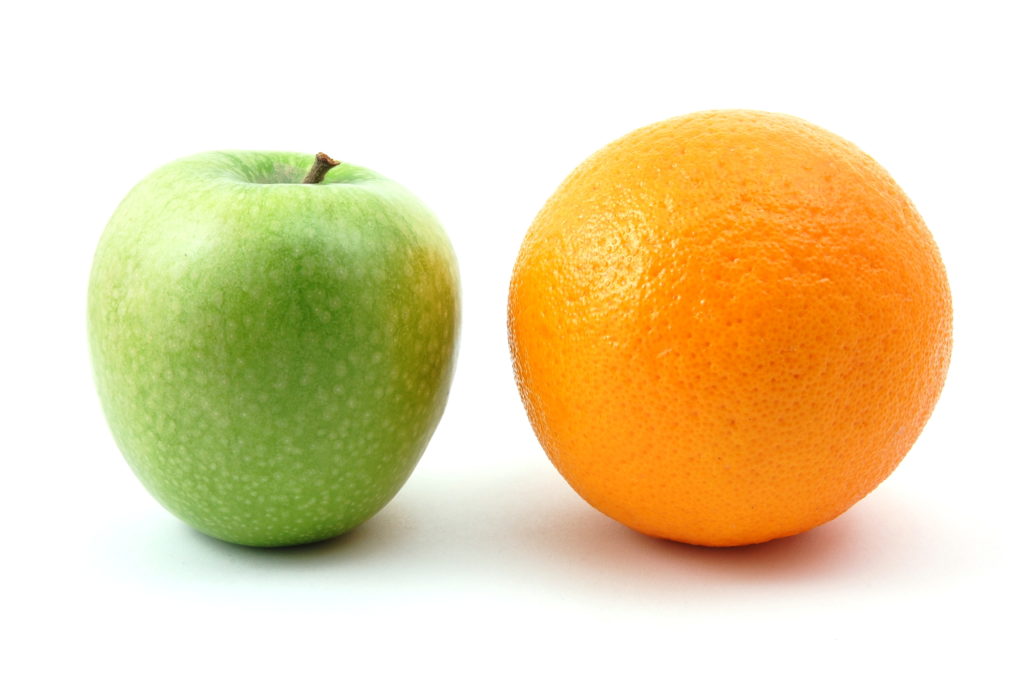
GoFundMe is most popular with those who need funding for personal causes, including unexpected medical bills or school costs. Businesses can use the platform to fund upcoming launches, but there's a good chance the campaign will fall short. Most people who contribute to GoFundMe campaigns are friends or family of the requestor. The site doesn't really have an existing community of donors. Unless you're a marketing guru, it may not be the best choice for funding a product.
Kickstarter only funds creative projects. It's popular with creators looking to launch art, gadgets, events, ideas, or experiences. Unlike GoFundMe, however, projects can't fundraise for charities or causes. The platform also screens all campaigns before they go live.
How Does Kickstarter Make Money?
Launching a project on Kickstarter is entirely free. But if you reach your funding goal, the platform collects 5% of the funds. So if you meet your goal of $10,000, the platform will receive $500.
Is Kickstarter Dead?
No, Kickstarter is still very much alive and, well, kicking. In 2020, games broke funding records on the platform. Despite a global pandemic, successful gaming projects raised over $233 million, an impressive increase from $176.3 million in 2019.
However, Aziz Hasan, the company's interim CEO, doesn't believe it will remain a strictly crowdfunding platform forever. Even after surpassing $5.6 billion in pledges since launch, Kickstarter still had to lay off nearly 40% of its workforce in May 2020.
Need More Capital? Consider Crowdfunding!
Entrepreneurs have a knack for creating innovative products. But if you're short on cash, getting your product into production isn't always possible. If you need more funding, Kickstarter may be the perfect option. Backers support projects they believe in, and consumers are always on the hunt for the latest and greatest. Maybe your project will gain enough momentum to raise 5-, 6-, or even 7-figures! The team and community at Capitalism.com will be there to support you during every step of your journey.
